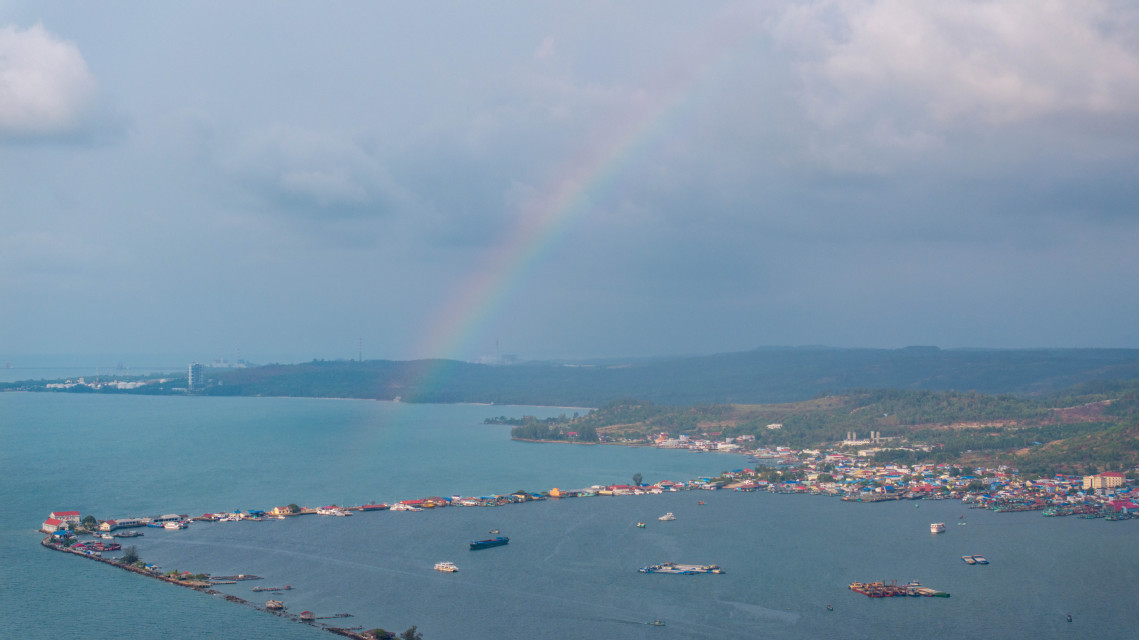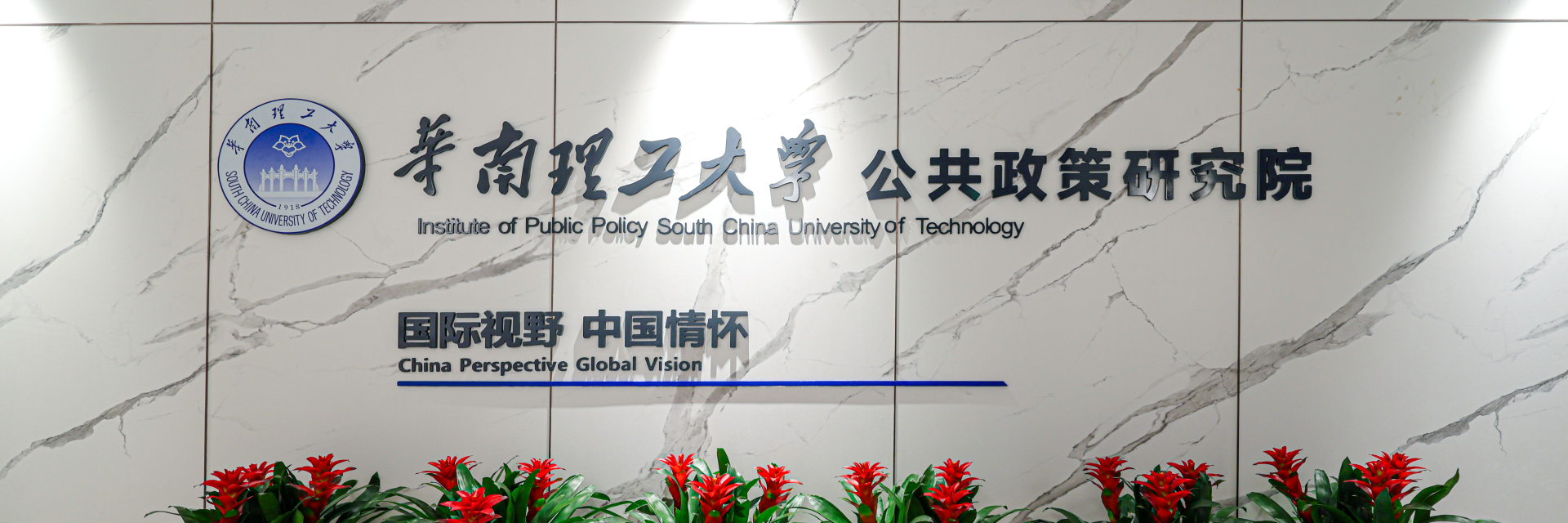
The Belt and Road Initiative (BRI) has been the largest infrastructure project devised by a single country in history. It was first announced in 2013 by President Xi Jinping and has since then become China’s flagship strategic initiative. Over the past decade, the cumulative BRI investments around the world have been over 1 trillion USD. A crucial question that many policymakers and researchers ask is, Has the BRI been a success or a failure?
Perhaps, it is a bit too simplistic to use terms such as ‘success’ or ‘failure’ when we talk about as grand a global project as the BRI. A better way to frame our concern is to ask whether the BRI has fulfilled the strategic objectives it intended to serve when it was launched in the first place. We may discuss the BRI in pure economic terms, but doing so might miss the relevant historical contexts, and the big picture.
The BRI was kicked off in 2013, a year of geopolitical significance, when US President Obama announced America’s ‘Pivot to Asia’. The idea was to shift America’s strategic resources and focus from the middle-east to Asia, in an attempt to better compete with a growing China.
China, at that time, was in a messy stage, sitting on a mountain of cash, but still in search of its strategic objective in foreign affairs. It has been in maritime disputes with neighbouring states, including Japan, the Philippines, Vietnam, and Malaysia. It has had rocky trade relations with the West, despite (or indeed because) of its membership in the WTO. Although it weathered the storm of the Global Financial Crisis, its growth model, characterised by an export-oriented economy and heavy investment, was undercut by decreased demands globally, the United States in particular.
The consensus then was that a period of high-speed economic growth, which the Chinese had taken for granted since its opening-up in 1978, would sooner or later come to end with a clash with the US-led liberal international order and the ever-conspicuous deficit in international public goods. China’s growth has relied on globalization, a crucial international public goods for which the United States has been a main provider. But a globalization-friendly world that has been supporting China’s growth was expected to diminish, if not disappear. And the result was that China needed a strategy to ensure that it can keep modernizing despite severed links with the liberal world.
This is also the reason why connectivity is a major focus in the BRI’s narrative. The BRI’s connectivity has at least three dimensions. First, hard, material connectivity such as the roads, railways, seaports, airports, and industrial parks. Signatory projects include the China-Pakistan Economic Corridor (CPEC), the Ethiopia-Djibouti Railway in East Africa, and the Jakarta-Bandung High Speed Railway in Indonesia. A second dimension concerns with a soft, normative connectivity such as the connection of people and cooperation in trade and legal and technological standards.
These two kinds of connectivity point, I argue, to a strategic objective of the BRI which is clear to the Chinese policymakers but less so to the western audience, that is, the transformation a geopolitical confrontation with the US to a geo-economic competition beneficial to the wider international society and one which even liberal democracies find not disagreeable.
So has the BRI been a success? We have a mixed answer to that question. As far its strategic objective to diffuse a geopolitical confrontation with the US is concerned, the answer is a ‘yes’. Afterall, a geopolitical Armageddon between the US and China has not broken out, and the West has come up with their own ‘BRI’ – Partnership for Global Infrastructure and Investment, as announced by the US in the 2023 G7 Summit, and the Global Gateway as initiated by the EU. The net result so far has been a world that is seemingly divided along the lines of China/US dichotomy but in practice more and more united in recognition of the developing world’s needs for more stability and less marginalization.
However, it is impossible to overlook the fact that the BRI, after a decade’s implementation, has come to a crossroad. There are several challenges the BRI is confronting now. First, many of the BRI projects are not making economic sense. The BRI investments have been rather reckless at the early stage. Huge gaps
exist between three ‘I’s, the central government’s initiation, the SOEs and local
governments’ interpretation, the projects’ implementation in recipient countries. This has compromised the narrative of China being a reliable provider of international public goods for the developing world in the long run.
A second, and a more serious challenge that the BRI is facing is to convince the world that the China has become a reliable provider of international public goods. This challenge has more to do with the second dimension of the BRI’s objectives, which I just mentioned, that is – a soft, normative connectivity between China and the rest of the world. The question here is, How can China navigate the BRI through the post-megaproject period, to establish an organic, solidaritist community with the non-western world?
This question is crucial. Judging from the statistics released by the Chinese Ministry of Commerce, the BRI’s era of reckless investment seems to come to an end. It means that the BRI must evolve to a new phase, where recipient countries of the BRI not only accept Chinese investment and infrastructure, but also share with China a set of legal, institutional, and technological standards and underlying values. This will very much depend on the socio-economic performance of the recipient countries in the long run, and the extent to which they become embedded in a relationship of socio-economic interdependence with China. Both are highly uncertain and unpredictable.
Several factors have frustrated the process. First and foremost, a normative acceptance of the BRI has been compromised by competing narratives. For instance, China’s investment in Sri Lanka was labelled as a ‘debt trap’, even though Chinese credits accounted for only 15% of Sri Lanka’s foreign debt.
Second, there is a lack of in-depth connection with local communities affected by BRI projects. This issue is compounded by a lack of coordination on the part of Chinese SOEs to acquire such knowledge. The management of SOEs are accountable to the state above anyone else, and therefore SOEs have little incentive to cultivate deep connections with local communities, thereby compromising China’s diplomatic connections with recipient states. Moreover, the government-to-government approach that Chinese SOEs adopt in advancing BRI projects has provoked local concerns over issues of social welfare, environments, and corruption, and it is not unusual to read news about recipient states’ complaints that the Chinese SEOs built projects without hiring local workers. In addition, unlike Japan, which created a government-related body, the JETRO (Japan External Trade Organization), to assist and coordinate Japanese enterprises’ engagements with legal, institutional, governmental, and societal systems in foreign markets, Chinese SOEs seem to work in relative isolation, sometimes internal competition against each other, without coordination or mediation from any JETRO-like government-related body. The lack of mediation in foreign markets also leads to a relatively lacklustre participation by the private sector, who are cautious about the security and compliance risks in low-and-middle income countries, with little appetite for overseas expansion during an economic downturn.
Finally, China is having a hard time acting as a, if not the, lender of the last resort. For one thing, despite many research pointing out the implausibility of ‘debt trap diplomacy’,[1] the western and Japanese media continue to depict the BRI negatively, as part of China’s ambition to run the world. Another more fundamental issue is China’s incapacity to act as a lender of the last resort via the BRI. China’s FDI in 2022 is only one third compared to the US. China’s BRI has been more of a supplement, rather than an alternative, to international financial institutions such as the IMF, the World Bank, and the Asian Development Bank. For instance, Chinese loans to West Africa’s four largest economies have a share much lower than those provided by multilateral and private lenders. The Asian Infrastructure Investment Bank, which serves the BRI, proclaims to offer less string-attached loans to developing countries in Asia. However, China has never been able to solve low-income countries’ liquidity problems, hence not a qualified lender of the last resort. It has bailed out projects in 22 countries, but mainly in rescue of its own banks.
External debt composition in West Africa’s four largest economies (as of 2022, in percent)
China | Other bilateral lenders | Multilateral lenders | Private lenders/bonds | % share of GDP | |
Nigeria | 10.1 | 12.2 | 48.45 | 29.25 | 37.1 |
Ghana | 9.76 | 11 | 17.27 | 61.97 | 48.5 |
Côte d’Ivoire | 9.58 | 7.02 | 30.9 | 52.4 | 28.3 |
Senegal | 11.07 | 11.08 | 21.33 | 56.52 | 47.5 |
Source: Nigeria’s Debt Management Office, Ghana’s Public Debt Statistical Bulletin, Côte d’Ivoire’s Public Debt Statistics, and Senegal’s 2021 IMF Article 4 Consultation Report. See: Landry, D. (2024). More Problems More Money? Does China Lend More to African Countries with Higher Credit Risk Levels?. Global Studies Quarterly, 4(2), ksae017.
Overall, the BRI has seen mixed results. On the one hand, it helped China to set the international agenda and the competitive parameters it has with the US. In particular, it compelled the West to follow China’s narrative that the world needs more developmental investments. But on the other hand, the BRI still struggles with, first, the economic sustainability of its projects in low-income countries; and second, the difficulty in proving to the international audience that China is a reliable, if not alternative, provider of international public goods. These two challenges will plague the BRI in light of the intensification of geopolitical risks and the continuation of China’s economic slowdown. The BRI is still and will continue to be, a work in progress.
[1] Landry, D. (2024). More Problems More Money? Does China Lend More to African Countries with Higher Credit Risk Levels?. Global Studies Quarterly, 4(2), ksae017.





